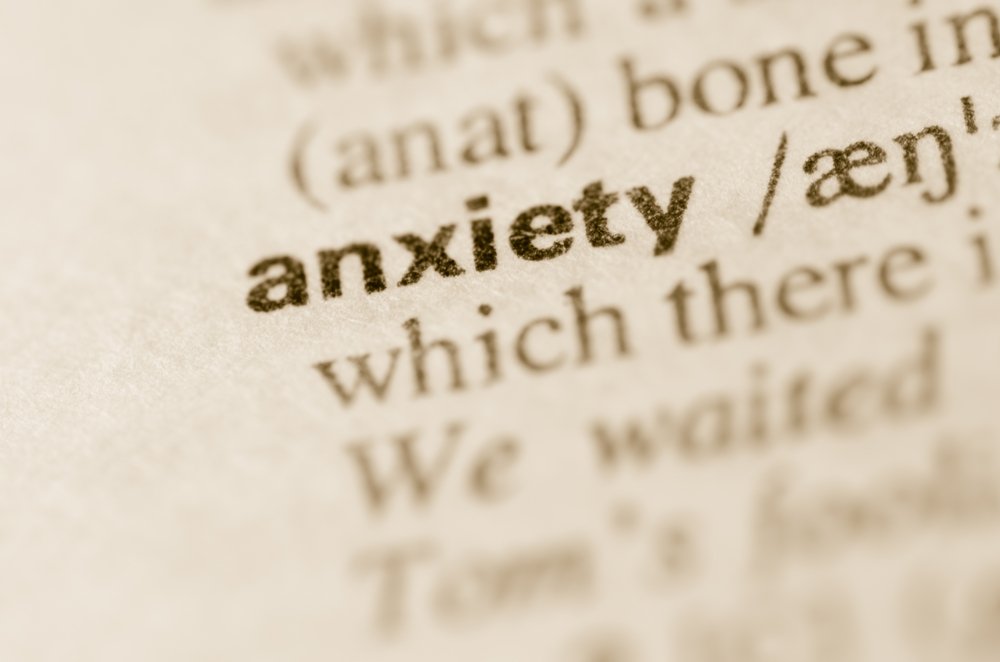Listening for That Other Shoe to Drop

The office looked like an Ikea showroom. I didn’t know what I was going to say, or how he would respond. It was my first time seeing a therapist and I found myself there at the urging of loved ones. At this point, in May 2016, I was a little more than a month into my post-pulmonary hypertension diagnosis life. Everything was new, but much of that newness focused on the physical and the routine.
There’s the fact that I have medications that must be taken multiple times a day. There’s the adjusting to using an oxygen concentrator to stave off hypoxia and the hassle of taking it with me in public. The frequent trips to the bathroom — a fun side effect of one of the medications. There’s the months ahead of respiratory therapy. There’s being told not to eat too many (if any) hot dogs on Memorial Day weekend because people with PH are supposed to control their sodium intake.
These changes are physical, more or less. Tangible things certainly would shape my life in unexpected ways in days and months ahead. These changes poured into every crevice of my mind. I was so preoccupied with remembering to take my pills three times a day — not to mention learning all I could about a rare (did I mention incurable?) disease — that I didn’t see that other shoe drop.
But it did drop, somewhere on the floor, one night when a wave of unanticipated emotional anxiety crashed over me. I panicked (more like sobbed) over the notion that my life had an expiration date much sooner than I had planned. I felt scared that my body seemed incapable of helping me finish a race I had every intention of running, at least until I passed the 85-year marker. It’s unnerving to realize you’re now at the mercy of a progressive disease that, due to any combination of factors, could wave your white flag and cue the exit music. It also is depressing. And the outdated statistics on life expectancy don’t make it any easier to adjust.
Of course, much of life is random, and I already can hear some readers suggest that I (or anybody) could be hit by a bus any time we go out of the house. But I think the difference is that you don’t already see the bus coming. There’s no diagnosis period to prepare you for the impact of the bus. No buildup. With a disease like PH, life after the diagnosis can feel like one big question mark. Like me, you could choose to leave that question unanswered and only focus on the tangible side effects because that’s where you feel you have the most control.
Back at the therapist’s office, this excursion started to feel like a waste of time. After sharing pleasantries, I started to unpack my recent diagnosis and all the ways my life had changed since I first felt short of breath. There’s no pre-written dialogue between patient and doctor; it just evolves through a give-and-take exchange. The problem: I didn’t want to take what he was giving, mainly because I wasn’t in the mood to relive the awkward moments of middle school. I wasn’t interested in that line of conversation. Eventually, my attention wandered to the bookshelf to study the multicolored spines. Two weeks later, I meandered through a second 50-minute conversation, shook the doctor’s hand and never returned.
Research has shown that gender is a factor for seeking mental health services, with women more likely to pursue professional treatment than men. At the same time, a study published in the British Medical Journal’s Journal of Epidemiology & Community Health that looked at patients with chronic physical illnesses, including certain pulmonary diseases, found that women are 10 percent more likely to use mental health services than men. That study also found that women fighting certain chronic physical illnesses will seek mental health treatment six months sooner than men fighting similar chronic illnesses.
Guys, what’s with our aversion to seeking treatment or addressing health issues in a timely manner?
To be clear: I’m not in a position to offer medical advice. I can only share my experiences and offer my perspective. For me, ignoring those intangible changes, those of the emotional nature such as depressive feelings, only seemed like delaying a reality that could have worse consequences later down the line. Still, I couldn’t bring myself to go to therapy on a regular basis.
Earlier this summer, while attending a sparsely attended PH support group, the facilitator asked us what kind of resources or specialists we thought would be valuable to our individual treatment programs. After a minute of silence, something compelled me to share my failed therapist experiment and suggest that newly diagnosed PH patients pay attention to their emotional well-being, to prepare them for when that other shoe drops.
Taking my own advice, I think it’s time to try again — more than a year since my first attempt — because addressing the physical and emotional realities of my PH diagnosis will help move me closer to that 85-year marker.
Follow Mike Naple on Twitter: @mnaple.
***
Note: Pulmonary Hypertension News is strictly a news and information website about the disease. It does not provide medical advice, diagnosis, or treatment. This content is not intended to be a substitute for professional medical advice, diagnosis, or treatment. Always seek the advice of your physician or other qualified health provider with any questions you may have regarding a medical condition. Never disregard professional medical advice or delay in seeking it because of something you have read on this website. The opinions expressed in this column are not those of Pulmonary Hypertension News or its parent company, Bionews Services, and are intended to spark discussion about issues pertaining to pulmonary hypertension.








Leave a comment
Fill in the required fields to post. Your email address will not be published.